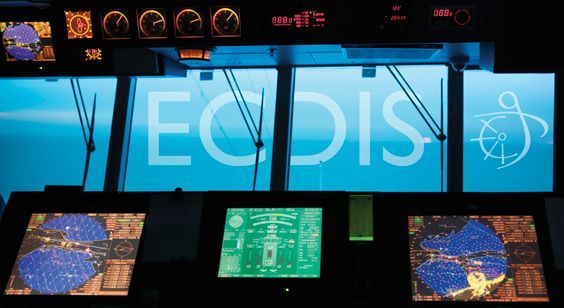ECDIS Back-Up Requirements:
Electronic navigation systems cannot be guaranteed to be 100% failsafe; with this in mind, there must be some form of back-up or redundancy to cover ECDIS failure.
IMO performance standards require the ‘overall system’ to include both a primary ECDIS and an adequate, independent back-up arrangement to ensure the safe takeover of ECDIS functions without resulting in a critical situation. The independent back-up arrangement must allow the safe navigation of the ship for the remaining part of the voyage in case of ECDIS failure.
The flag state must approve the ECDIS back-up arrangement to ensure it is in accordance with IMO performance standards; however, some flag states may delegate the ECDIS approval process to a recognised organisation.
The following back-up options are generally accepted as meeting SOLAS carriage requirements:

